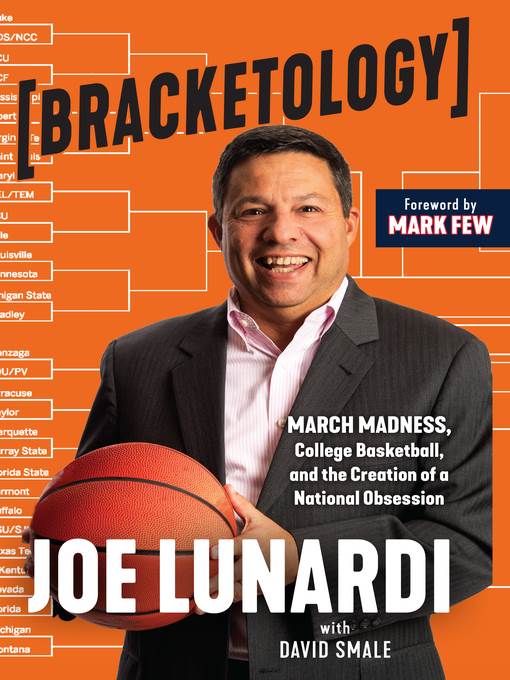
Bracketology
March Madness, College Basketball, and the Creation of a National Obsession
- اطلاعات
- نقد و بررسی
- دیدگاه کاربران
نقد و بررسی

January 15, 2021
The doyen of college basketball prognostication tells all. "When I talk to school groups," writes ESPN analyst Lunardi, "I like to tell them that when I was their age I was the nerd who was too small to play. Coaches would hand me a clipboard to keep track of some stats." Years later, bracketology--a term that made it into the Oxford English Dictionary--had become a highly followed form of basketball divination. Drawing up brackets is an elusive art, and it takes a lot of explaining. Suffice it to say that it requires constantly refreshing team statistics as the season progresses in order to predict the makeup of the NCAA playoffs. (Lunardi advocates expanding the field to 72 teams.) There's money to be made in such learned guesswork. As Lunardi notes, when he published the predecessor volume to the current form of bracketing, "the first 500 copies we sold went to an address in Las Vegas." Now it's a matter of complex calculus done by computers augmented by the author's unique intelligence, as he ponders, for example, what a squad might look like if 70% of its offense returns for another year of play. "What is a reasonable aggregate improvement based on the ages of the returning players?" he asks. "That depends." Knowing the variables is an art based on a formidable body of data, one that involves studying "the transactions in college basketball from all available sources" and then piecing together the likely playing field. Lunardi admits that he guesses wrong a couple of times per season, and he can't always foretell the future, but there's an impressive science to the enterprise that will enthrall fans of Moneyball and other number-oriented sports books. In the foreword, Gonzaga head coach Mark Few rightly praises the author for a "breadth of knowledge" that "is beyond reproach." A treat for any fan of March Madness--and college basketball in general.
COPYRIGHT(2021) Kirkus Reviews, ALL RIGHTS RESERVED.

February 5, 2021
ESPN analyst Lunardi and sportswriter Smale provide insight on how teams are selected and seeded into the Men's NCAA Basketball Tournament. The tournament was initially configured geographically without any regard for seeding and has expanded from 25 teams in 1975 to 68 teams today. College basketball and the NCAA Tournament rose in popularity as ESPN televised games. Fans have embraced bracketology as entertainment, while coaches use it to prepare competitive schedules. Lunardi explains how the 10-member selection committee has moved away from RPI, which focuses on strength of schedule, to a new metric which emphasizes team efficiency and scoring margins. When seeding teams, the committee places no priority on rivalries or coaches playing former teams. Lunardi expresses concerns about the power dynamics in college basketball as conferences have realigned to feature football. In order to promote schools from mid-major conferences, he advocates for increasing the tournament size to 72 teams, while disqualifying teams with losing records within their own conference. VERDICT This reads as a self-promotional biography for Lunardi. The historical background is limited and there is no detailed comparative analysis highlighting differences between teams that make the tournament versus those that don't. Not recommended.--Chris Wilkes, Tazewell Cty. P.L., VA
Copyright 2021 Library Journal, LLC Used with permission.




دیدگاه کاربران